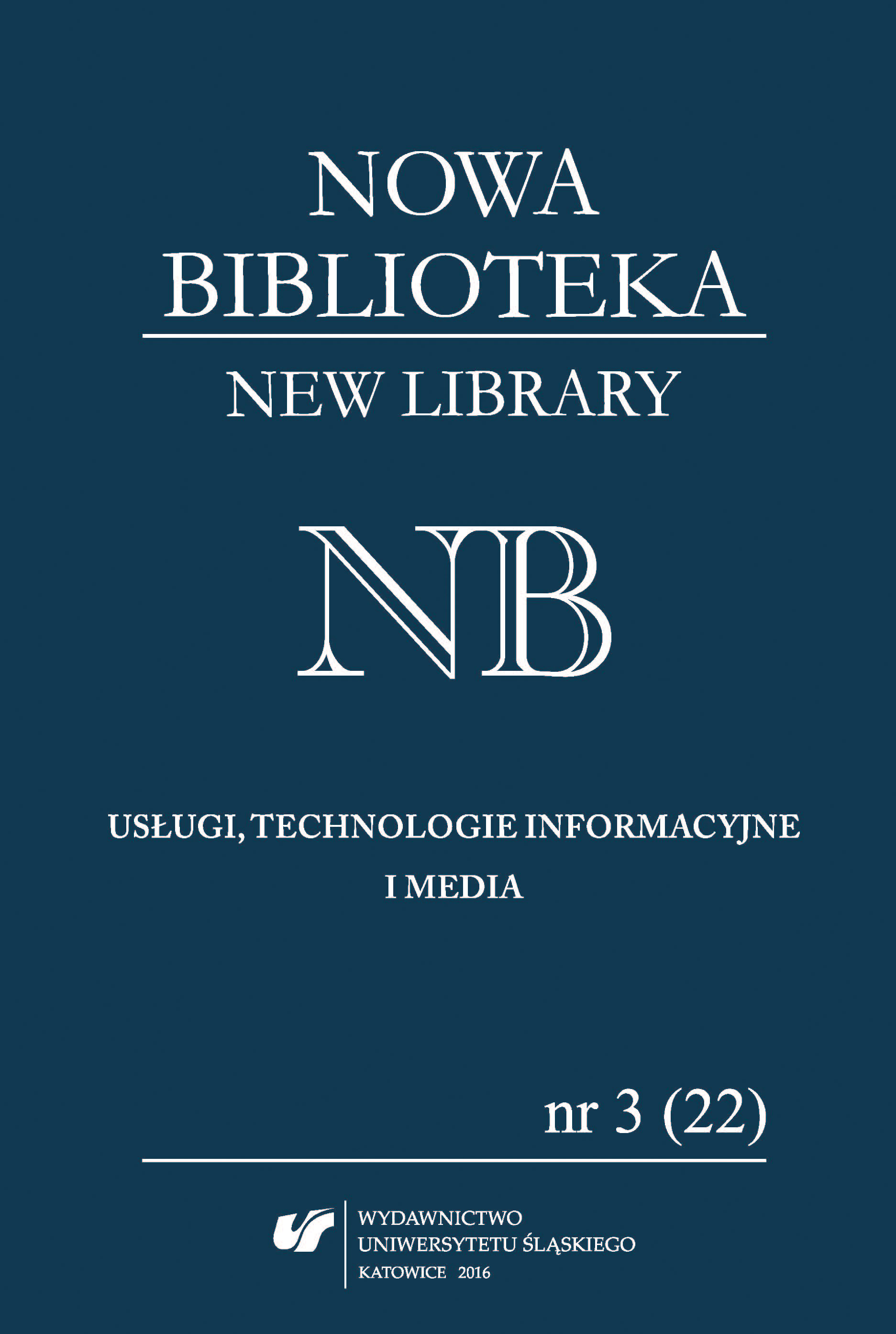
Experiment with Digital Technology in Arts and Culture, the Case of Latvia
Accessibility of Latvian cultural heritage to the public via digital environment is a major challenge for the cultural sector, where the priorities are effective digital stock management and long-term preservation of the cultural content, ensuring widespread online availability. Current situation with availability of Latvian cultural content and services in the digital environment does not contribute to the appropriate cultural institutions’ activities within information society conditions. In order to solve the situation, there are several successful projects, which can be taken as a basis and best practice tools for further digitization process, where the main challenges are copyright issues, technological follow-up and development of user-attractive digital products for all audiences, particularly educational and science sector.
More...

